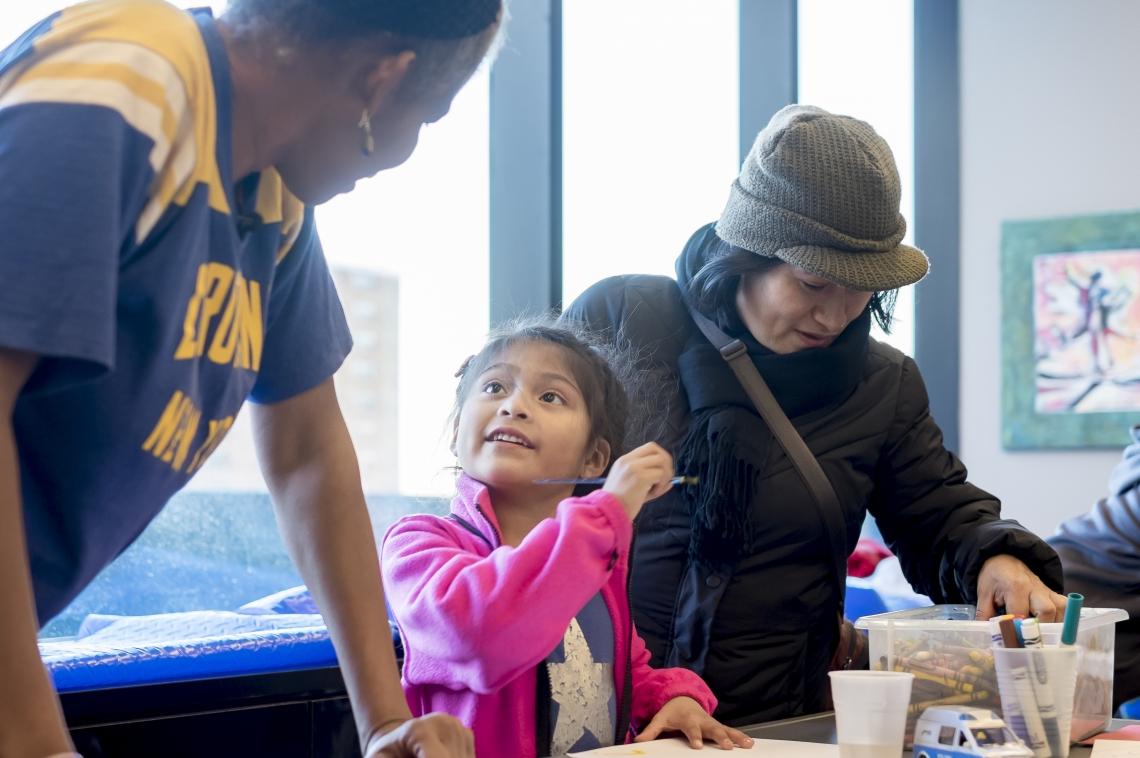
In 2002, Richard Florida published a book that kicked off a wave of urban development efforts based on the belief that architects, artists, musicians, and writers were core members of an emergent creative class who together represented the economic future of our country.
As the ideas in The Rise of the Creative Class circulated among mayors, city managers, economic development officials, and urban planners, the conversation generally settled into a discussion around talent attraction and what would create the conditions to get these creatives to move to one city over another.
Mr. Florida’s thinking has continued to evolve and expand—in fact, his most recent book focuses on housing affordability, transportation equity, and living wages—issues that impact a city’s existing residents from every class. But that initial conversation he started has continued to shape the conditions for our work in at least one unhelpful way.
While The Rise of the Creative Class got many municipal leaders to look at artists as assets for the first time, it did so by positioning them as “others,” as outsiders who were not rooted in any community. They were seen as an army of roving economic development who stayed in a place only as long as there was shade-grown, fair trade coffee no more than a bike-share ride away from their live/work loft, and who left as soon as the luxury condos and wine bars moved in.
But that isn't true.
Our colleagues in the Office of Research and Analysis at the National Endowment for the Arts looked at the most recent census data and confirmed that artists are no more mobile that the general U.S. population.
So artists are not the nomadic gentrifiers they are made out to be.
Yet this narrative has become so durable that Los Angeles, California's Boyle Heights neighborhood organized and drove out a nonprofit art gallery from their community as a step toward a more equitable future.
It is all too easy to point to Mr. Florida’s early work as the cause of this fundamental misunderstanding of who artists are, but I think some of us in the arts and cultural sector need to shoulder equal responsibility.
I think back to some work that I did earlier in my career, lobbying for publicly subsidized, affordable live-work space for artists. I did this work from the arts and culture bubble, making the case in isolation and not connecting to any of the broader conversations about affordable housing for everyone.
In doing so, I was inadvertently helping to create two classes of poor people: the artist-poor, who were cast as the “right kind” of poor—the sort of lower-income individuals next to whom rich people would want to live and who would create a human moat to keep the "poor-poor" far away from the luxury condos and power outlets for electric cars.
Since arriving at ArtPlace America, I have come to believe that affordable housing efforts need to always be inclusive of artists, but should never be exclusive to them.
By not connecting these still too-often siloed conversations, we are doing a disservice to both artists and the housing sector itself. To this end, last year, ArtPlace commissioned a field scan to explore the ways arts and culture intersects with housing. This then led to the convening of a working group with Shelterforce participation alongside experts in the field. Shelterforce shared 6 Things The Arts Can Do For Housing.
We will continue our work to position arts and culture as a core sector of community planning and development. Because artists should never be free-range pawns in a chess game of trickle-down economics, but instead, allies working alongside their neighbors to create an equitable, healthy, and sustainable future for all of us.
This article originally appeard in Shelterforce on April 13th, 2017.





